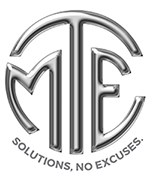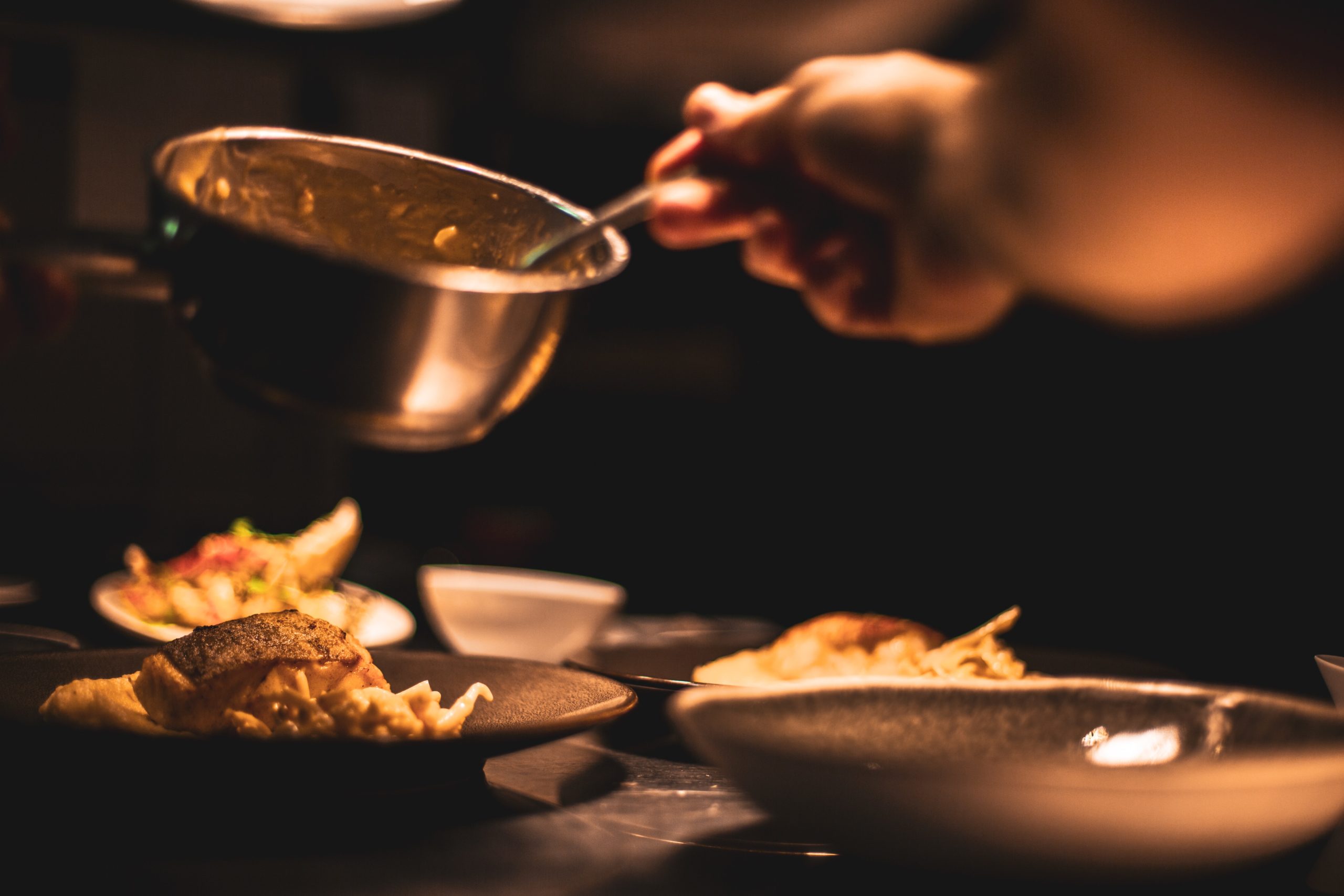The hot line is the heart of every restaurant kitchen. Whether a restaurant is large or small, its hot line — made of ovens, stove tops and any hot cooking equipment — should be designed for maximum efficiency to make sure food gets out to customers as fast as possible.
Investing in the right equipment and back of house (BOH) staff to man the hot line is essential across the board. A standard hot line consists of a flat top, range, oven, low-profile refrigerator (often called a “low boy”) and two fryers. This set up can be expanded or pared down to align with the restaurant’s specific workflow.
When designing or redesigning a hot line, first identify the current or potential bottleneck. Look for the areas slow down the process or add extra steps. For example, is there a lag time while cooks wait for a fryer to get back up to temperature? Are particular sauces or oils stored out of arms’ reach from the sauté station?
Once you’ve identified what slows down the cook time, you can begin designing around those problem areas to improve the overall flow. While each restaurant’s needs may vary, depending on their size, volume and menu, a streamlined hot line layout will help you produce high quality food in record time.
Below are examples of how customized hot lines would function in three distinct kitchen environments.
Example 1: High-Volume Sports Bar
In a high-volume sports bar where burgers, fries and chicken strips are popular menu items, investing in additional fryers and even hiring an additional fry cook would help keep things running smoothly. Installing a low boy refrigerator below the equipment used for burgers — whether a grill, flat top or range — would allow hot line cooks easy access to the protein or other ingredients needed for the popular menu items. That way, cooks could easily reach ingredients without leaving their workstations.
Example 2: Farm-to-Table Restaurant with Seasonal Menu
In a small, farm-to-table restaurant with a rotating seasonal menu, a combi oven may be the star of the hot line. This versatile, three-in-one oven combines three styles of cooking: steaming, convection and a combination of the two. It can replace a steamer and a traditional convection oven to save valuable space and provides cooks with a wide range of options, from roasting to canning, in a single piece of equipment. Installing a combi oven near the range allows cooks to increase cook time without losing quality. For example, a chef may sear a steak or seafood on the range, then opt to finish it in the combi oven in a matter of minutes.
Example 3: Artisanal Pizza Kitchen
The hot line in a pizza kitchen should be designed to optimize the workflow around the pizza oven. To prepare a pizza, the kitchen first needs a “slap station” where the dough is shaped, followed by the pizza line where toppings are added. Installing a low boy refrigerator below or near the pizza line allows cooks to quickly replenish toppings as needed. A small to mid-sized range for preparing house-made toppings also offers opportunity to add additional low food cost menu items, such as pastas, which can help optimize the kitchen equipment and increase revenue.
Looking for ways to optimize your restaurant’s hot line? Using our proven process, TME’s industry experts can design a customized commercial kitchen for maximum efficiency. Contact us to learn more about how we can help.


